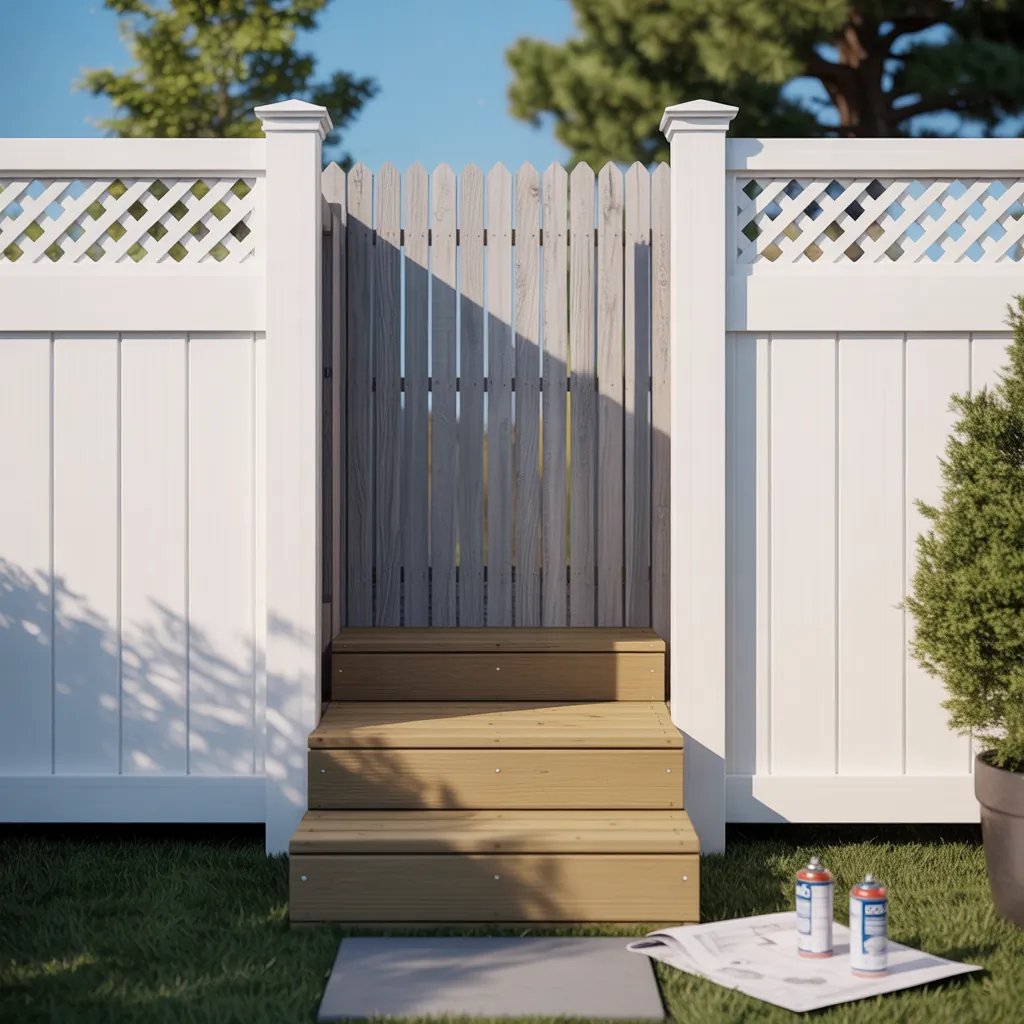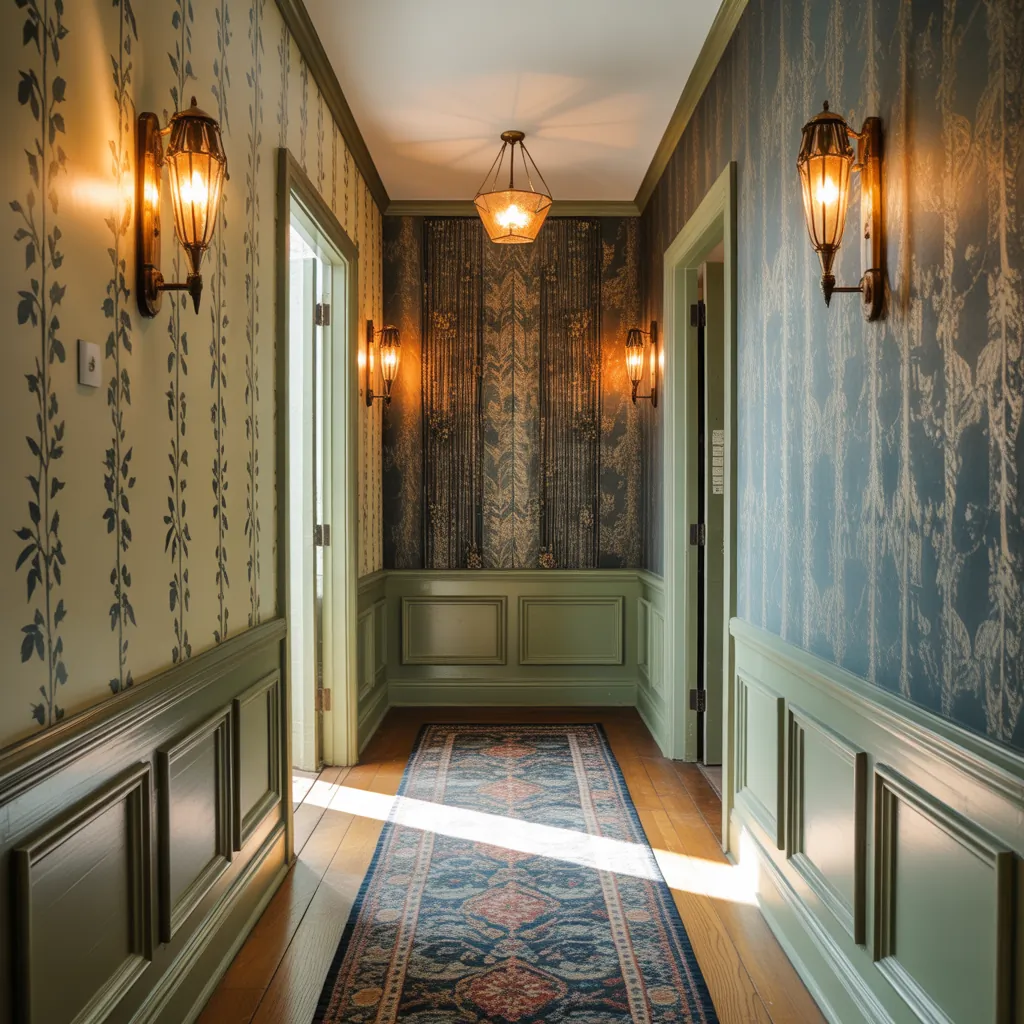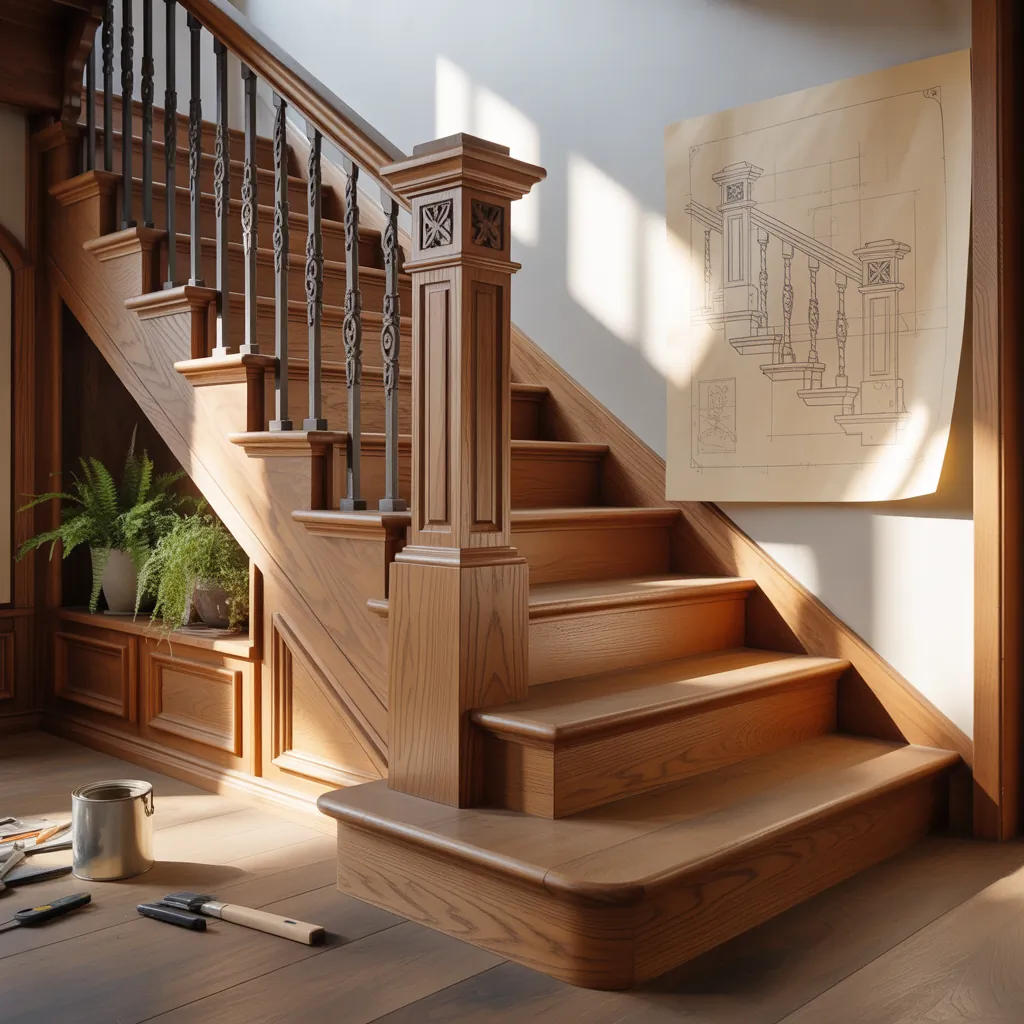Imagine it’s a sunny Saturday morning: the kids are playing in the yard, the dog keeps darting toward the street, and your neighbor’s late-night party lights are spilling into your living room. You need a solution that adds privacy, looks great, and—if you’re a DIYer—won’t break the bank. Choosing the right white privacy fence can transform your backyard into a calm, private oasis while increasing curb appeal.
Why choose a white privacy fence?
A white privacy fence blends classic curb appeal with effective screening. Whether you’re comparing white vinyl privacy fence panels, painted wood options, or low-maintenance composite solutions, a white finish brightens property lines and makes landscaping pop. It also pairs with many styles—coastal, cottage, modern minimalism—making it one of the most versatile fence color choices.
Top white privacy fence options
Below are the most common white privacy fence materials and styles, along with pros, cons, and practical considerations so you can pick the best option for your yard.
1. White vinyl (PVC) privacy fence
- Pros: Extremely low maintenance, won’t rot or warp, easy to clean, available in privacy panels and picket styles.
- Cons: Higher upfront cost than basic wood; can become brittle in extreme cold and may fade slightly over many years.
- Best for: Homeowners who want a clean look with minimal upkeep—search terms: “white vinyl privacy fence installation”, “best white privacy fence for backyard”.
2. Painted or whitewashed wood privacy fence
- Pros: Classic, warm look; paintable to any shade of white; more affordable material costs; easy to customize with trim or lattice tops.
- Cons: Requires periodic painting or staining, susceptible to rot and insects if not properly sealed.
- Best for: DIYers who enjoy periodic maintenance and want a bespoke, traditional fence.
3. Composite white privacy fence
- Pros: Low maintenance like vinyl but with a wood-like texture; resists rot and pests; available in white finishes or paintable variants.
- Cons: Can be pricey; some composites heat up in sun and may show seams if not installed correctly.
- Best for: Those who want the look of wood without constant upkeep.
4. Board-on-board (shadowbox) and stockade styles
These are more about fence construction than material. Board-on-board creates privacy on both sides with overlapping boards, while stockade is solid vertical boards. Both look great painted white and offer excellent screening.
Design ideas and inspiration for a white privacy fence
A white fence is a blank canvas. Here are some design directions to consider:
- Classic colonial: Full-height boards with shaped post caps for a formal look.
- Modern: Smooth white vinyl panels, horizontal orientation, minimal hardware.
- Cottage garden: White-painted wood with a scalloped or picket top and climbing roses.
- Pool privacy: Tall solid panels with a lattice or frosted glass top for airflow and light.
Landscaping tips to complement a white fence
- Plant colorful perennials (lavender, salvia) along the base to create contrast.
- Use evergreen hedges for layered privacy and year-round texture.
- Install planter boxes or vertical gardens on the fence for added interest.
DIY step-by-step: Installing a simple white vinyl privacy fence
If you’re tackling a DIY installation, here’s a condensed step-by-step guide to get you started. This covers typical vinyl panel installation; for wood or composite, adapt accordingly.
- Plan and permit: Measure your property line, mark utilities, and check local codes/HOA rules. Obtain necessary permits before starting.
- Materials and tools: Vinyl posts and panels, concrete, gravel, level, post hole digger or auger, tape measure, screws and brackets, saw for trimming panels if needed.
- Layout: Snap a chalk line or string to define the fence line. Mark post locations based on panel width (usually 6–8 feet).
- Dig holes and set posts: Dig holes to frost depth (check local requirements), add gravel for drainage, set posts in concrete, and ensure each post is plumb and aligned.
- Install panels and gates: Slide or fasten panels between posts per manufacturer instructions. Install gate hardware with extra reinforcement at the gate posts.
- Finish: Backfill and grade soil, add mulch or plantings at the base, and clean panels with a mild detergent.
Practical DIY tips
- Work with a helper for lifting panels—vinyl panels can be awkward alone.
- Always call 811 or your local utility notification center before digging.
- If painting a wood fence white, use exterior primer and two coats of high-quality paint for longevity.
- Consider galvanized or stainless-steel hardware to prevent rust stains on white panels.
Maintenance and longevity: Keeping your white fence looking new
Maintenance needs vary by material:
- Vinyl: Wash with a garden hose and mild cleaner annually to remove pollen and grime.
- Wood (painted): Inspect for rot, repaint every 3–7 years depending on exposure, and replace damaged boards promptly.
- Composite: Wipe or pressure-wash on a low setting to avoid surface damage; follow manufacturer care instructions.
Frequently Asked Questions
1. How much does a white privacy fence cost?
Costs vary widely by material and region. Roughly, wood ranges from $15–$35 per linear foot, vinyl $25–$50/ft, and composite $30–$60/ft, including materials and installation. DIY can reduce labor costs but plan for tools and permit fees.
2. Do I need a permit to build a white privacy fence?
Often yes. Fence height, setbacks, and materials are regulated by local building departments and homeowner associations. Always check local codes and get written permissions to avoid future disputes.
3. What is the best low-maintenance white privacy fence?
White vinyl and many composite fences are the lowest-maintenance choices. They resist rot, insect damage, and usually require only occasional cleaning to stay bright.
Conclusion — pick the right white privacy fence option for your home
Choosing the right white privacy fence option depends on your budget, desired maintenance level, and aesthetic. Vinyl and composite offer low upkeep, while wood delivers classic beauty and customization. Whatever you choose, plan carefully, follow local regulations, and use the DIY tips above to ensure a lasting, attractive fence. Ready to start your backyard transformation? Explore more DIY projects, get inspired by our home design ideas, or check related upgrades like kitchen upgrades while you plan your outdoor refresh. Call to action: Measure your yard this weekend, order sample panels or paint chips, and take the first step toward privacy and curb appeal with a new white fence!



